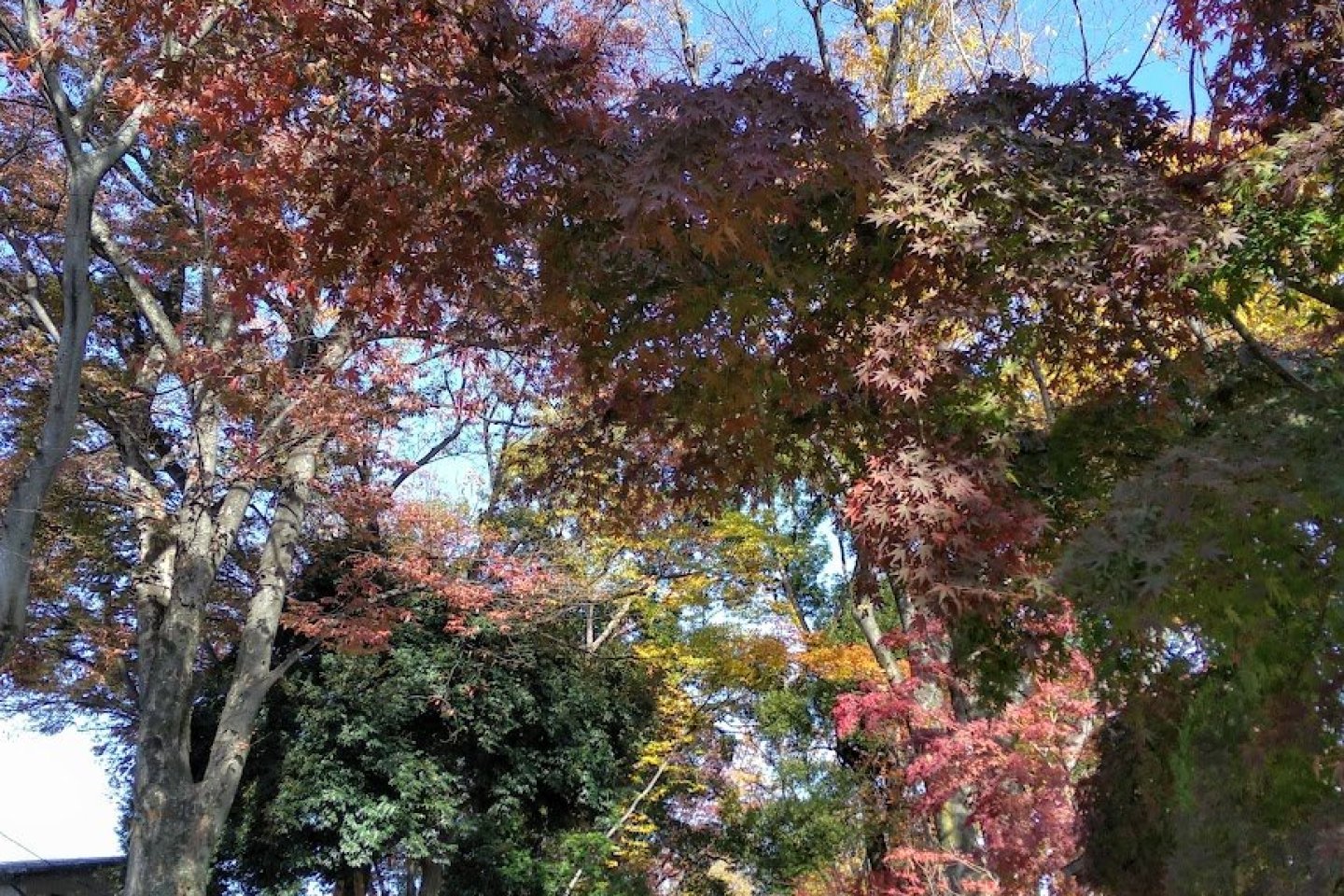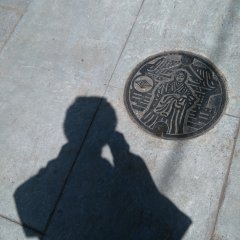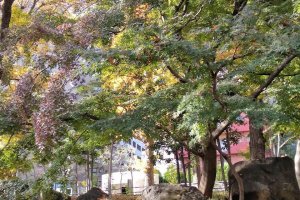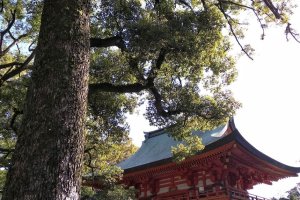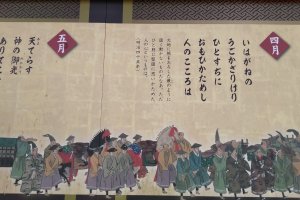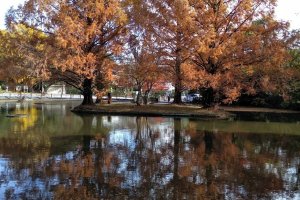Omiya is Saitama Prefecture's main transport centre, a buzz of towering electronic stores and tech-based office plazas, countless malls, non-stop comings and goings. Adjacent and a contrast, is Omiya’s Green Hub, Saitama Prefecture’s only Scenic Zone for conserving its green and historic landscapes. These are neatly ensconced within the vicinity of Omiya’s Hikawa Sando and Shrine, and Omiya Park.

The Hikawa Sando gave Omiya its start, as the pedestrian walkway and gateway to Hikawa Shrine, trod by pilgrims since 794. Omiya then, a key post station, was already the centre of things.
It really isn’t all that much different now. It is still a Sacred Path, despite the designer dogs leaping about and Nike clad joggers. Ancient trees, like sentinels, line the avenue, all 680 of them, offset by dramatic stone boulders lying about and minding their own business. The Sando extends in the opposite direction through a quiet shaded residential street.

Three red torii gates break up the Sando’s 2 km approach to the majestic red lacquered Hikawa Shrine. Its grand, ornate and intricate carvings, are only appropriate for its status as the Musashi Ichinomiya Hikawa Shrine. This titular honour was bestowed by the Meiji Emperor in 1868, elevating Hikawa to being the highest ranking shrine of all the other 280 Hikawa shrines. A long wood panel of elegant Japanese paintings at the entrance to the Shrine illustrates the Emperor’s visit. Omiya was named after the Shrine, Omiya literally means "great shrine”.

The Shrine makes for a peaceful wandering about, with a wide courtyard and giant trees and edged by woods, dotted with big and small auxiliary shrines, some adorned with faded wooden etchings and paintings.
Although rebuilt in the 1940's, the Shrine still has over 2,400 years of history behind it, its natural environment and history, like the Sando, protected as part of Omiya’s Green Hub.

Omiya Park is so close by, just separated by a bridge over a scenic pond. At the back, there’s a small old shrine with a surprise or two. A tumble of old torii gates, a large water filled basin reflecting the pond’s tranquil scenery.

Back to the park’s entrance and by the side, is a gazebo type building containing two giant slabs, sadly no explanation. They are placed in such a way that you see both from one angle. At another angle, you can see only one. I think.

Follow on to walk through a forest of ancient Japanese cherry trees, about 68 hectares stretching around for quite a bit. Their age has been set at about 1,200 years old. At the end of the park is what looks like a war memorial shrine with a statue of an aviator and an old bomb.
Omiya Park was opened to the public in 1885 as Hikawa Park, the same date that Omiya Station was opened. After WWII, the Park was renamed Omiya.
Over 500,000 people and still counting charge though Omiya Station every day. It is exciting to stand in the middle of one of Japan's busiest stations. This busyness makes the Green Hub more valuable albeit also vulnerable. Its natural glories have been reported to be suffering from overcrowding and pollution. Although protected by law as a precious historical and cultural asset, the law can’t help nature deteriorating, or a city from bursting at the seams.
